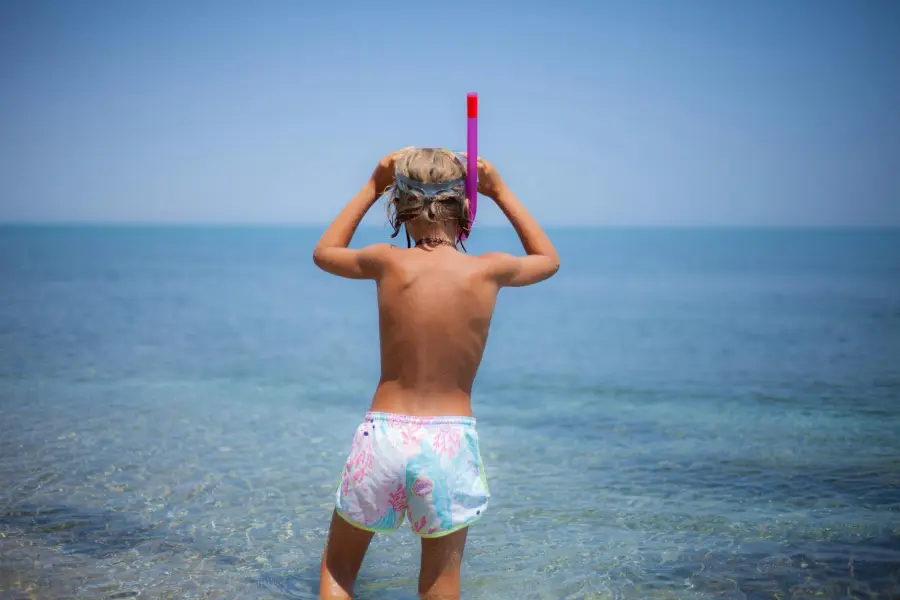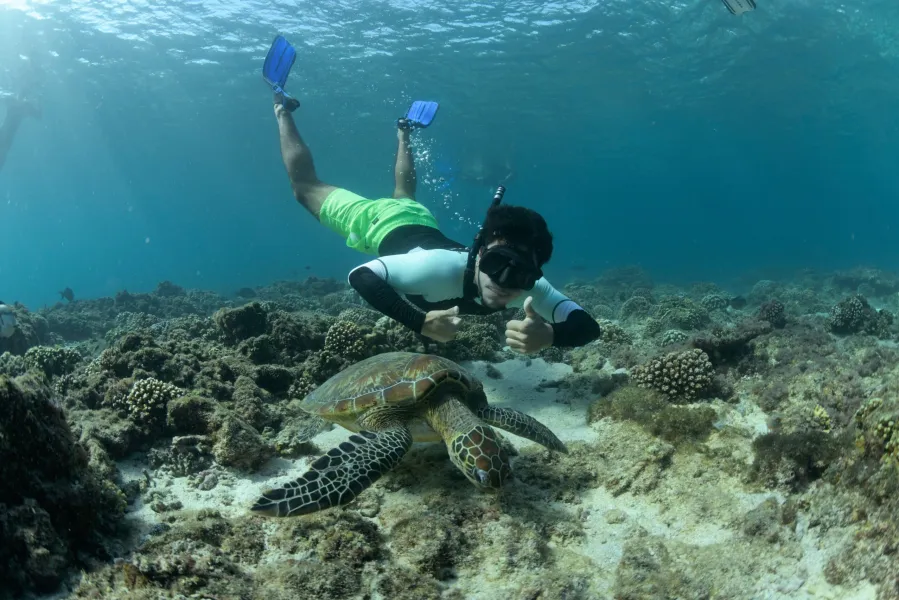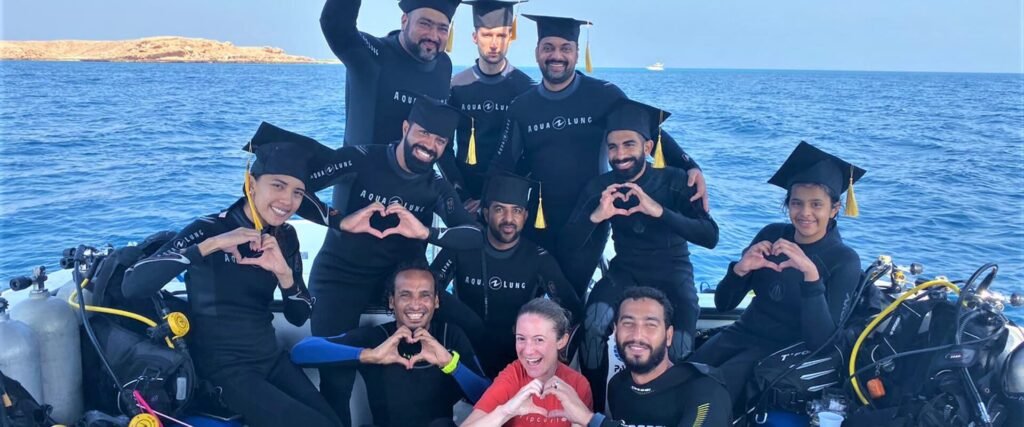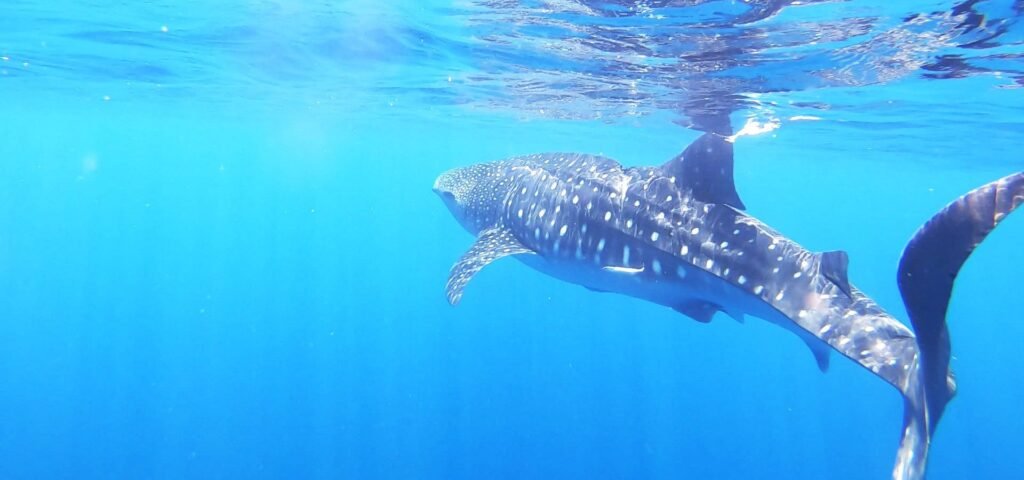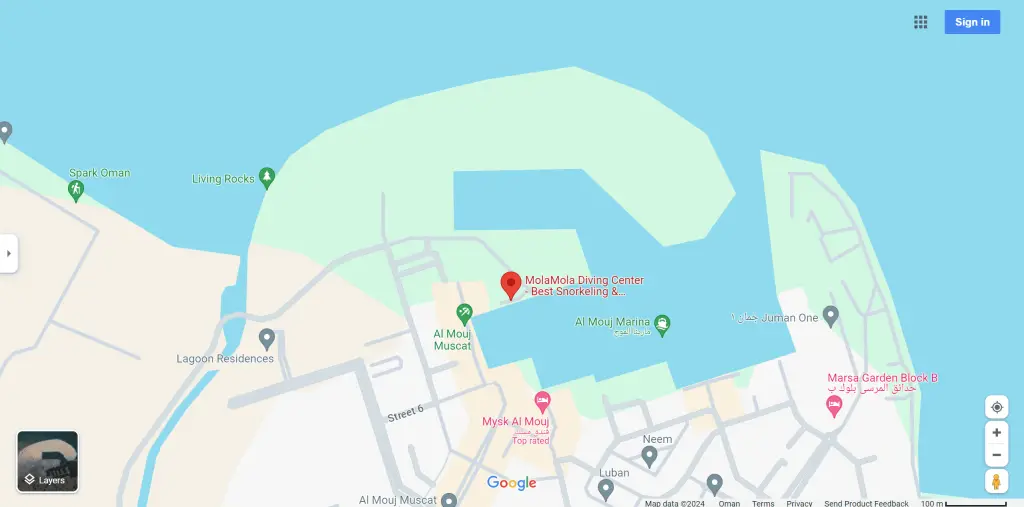Turtle Paradise: Snorkeling with Sea Turtles in Daymaniyat Did you read that you could go snorkeling in the Daymaniyat Islands with sea turtles? Then this blog is something you cannot miss! The Daymaniyat Islands, a string of nine islands located off the coast of Oman, are a sanctuary for wildlife and a paradise for nature enthusiasts. Among the most enchanting experiences these islands offer is the opportunity to snorkel with sea turtles in their natural habitat. Imagine azure waters, vibrant coral reefs, and a sense of anticipation as you slip beneath the surface. Here, snorkelers become part of an underwater ballet, where graceful sea turtles glide effortlessly through their aquatic realm. Why Turtles Matter? Before we plunge into the depths, let’s pause to appreciate the significance of sea turtles. We could write a complete blog on these amazing creatures but here are some reasons how they play crucial roles in marine ecosystems: Ecosystem Engineers: Sea turtles help maintain healthy seagrass beds and coral reefs by grazing on algae and seagrass. Seed Dispersers: Their movements aid in the dispersal of seagrass seeds, contributing to coastal habitat restoration. Indicators of Ocean Health: The presence of sea turtles reflects the overall well-being of our oceans. The Daymaniyat Islands: A Snorkeler’s Haven The Daymaniyat Islands are a protected area, recognized for their extraordinary biodiversity. The islands are a nesting ground for five species of sea turtles, including the endangered green turtle and the hawksbill turtle. The warm waters and abundant food supply make it an ideal location for these turtles to thrive. Snorkeling Conditions Water Clarity: The transparency of the water is usually astonishing – you’ll feel like you’re floating in liquid sapphire. But sometimes, due to algae blooms, the water becomes green and we call it green soup when this happens. Currents: Generally none to mild while snorkeling, but it changes according to snorkeling site and hence, it is essential to stay aware of local conditions. Best Times: Snorkeling is ideal throughout the year. But these days due to climate change, we get algae blooms two times a year that makes the water green and not so great for snorkeling. Meeting the Gentle Giants: Snorkeling with Sea Turtles Spotting Techniques Snorkeling in the Daymaniyat Islands is like entering a magical realm where sea turtles gracefully navigate their underwater world. The moment you dip below the surface, you’re greeted by the vibrant colors of coral reefs teeming with life. Fish of all shapes and sizes dart around, but the true stars of the show are the sea turtles. These gentle giants glide effortlessly through the water, often unfazed by the presence of humans. In the Daymaniyat Islands, spotting a sea turtle is usually easy when you organize your trip with experts like MolaMola Diving Center. To enhance your turtle-spotting skills, consider the following techniques: Observe Their Silhouettes: As you float near the surface, keep an eye out for dark silhouettes gliding below. Sea turtles often come up for air, revealing their distinctive carapaces. Look for Movement: Turtles are surprisingly agile swimmers. Watch for ripples, sudden shifts, or the gentle flapping of their flippers. These movements can lead you to their location. Scan the Coral Reefs: Turtles love to explore coral reefs. Their shells blend in with the rocky formations, so scan the nooks and crannies. If you see a large, domed shape, it might be a turtle taking a rest. Be Patient: Sometimes, turtles appear unexpectedly. Stay calm, float quietly, and keep swimming. They might swim right past you, granting you an intimate view. Behavior Insights Understanding turtle behavior enhances your snorkeling experience: Feeding Habits: Sea turtles are herbivores. Look for them grazing on seagrass beds or nibbling algae-covered rocks. Their slow, deliberate movements during feeding make them easier to spot. Resting Spots: Turtles often rest on ledges or sandy patches. Approach slowly and maintain a respectful distance. If they feel comfortable, they might stay put, allowing you to observe them peacefully. Surface Breaths: Turtles are air-breathing reptiles. Watch for their heads popping above the water surface for a quick breath. Capture that magical moment when their eyes meet yours. Close Encounters Snorkeling alongside a sea turtle is a privilege. Their ancient eyes seem to hold secrets from centuries past. We always tell our guests from MolaMola Diving Center to follow these rules but we want everyone who visits Daymaniyat islands to remember: No Touching: Resist the urge to touch or chase them. Maintain a respectful distance to avoid causing stress. We see this a lot during our snorkeling sessions. It is often kids but sometimes also adults chase the turtles. Please make sure you keep your distance from the turtles for your own safety and theirs. Also, doing so will help others have a better experience. Photography Etiquette: Capture your snorkeling memories in the Daymaniyat Islands without disturbing the sea turtles. Use underwater cameras with silent mode to avoid startling the turtles while maintaining the distance. Conservation Matters: Protecting Daymaniyat’s Turtles Threats to Turtles While snorkeling in the Daymaniyat Islands is a magical experience, it’s essential to recognize the challenges sea turtles face: Habitat Loss: Coastal development, pollution, and destruction of nesting sites impact turtle habitats. As pristine as the Daymaniyat Islands are, we must remain vigilant to prevent any encroachment. Marine Debris: Sea turtles often mistake plastic bags for jellyfish, leading to ingestion and entanglement. Our responsibility lies in reducing single-use plastics and cleaning up beaches. Fishing Gear: Accidental capture in fishing nets (known as bycatch) poses a significant threat. Supporting sustainable fishing practices and advocating for turtle-friendly gear is crucial. Conservation Efforts Nesting Protection: When you Snorkel in Daymaniyat Islands, you would see that they serve as nesting grounds for green and hawksbill sea turtles. There are conservationists who monitor nesting sites, protect eggs, and educate locals and visitors about the importance of leaving nests undisturbed. Research and Monitoring: Scientists study turtle behavior, migration patterns, and health. By understanding their movements, we can implement effective conservation strategies. Responsible Snorkeling and Diving: As snorkeling guides, we at MolaMola Diving Center believe we play a role in turtle conservation. And hence,


